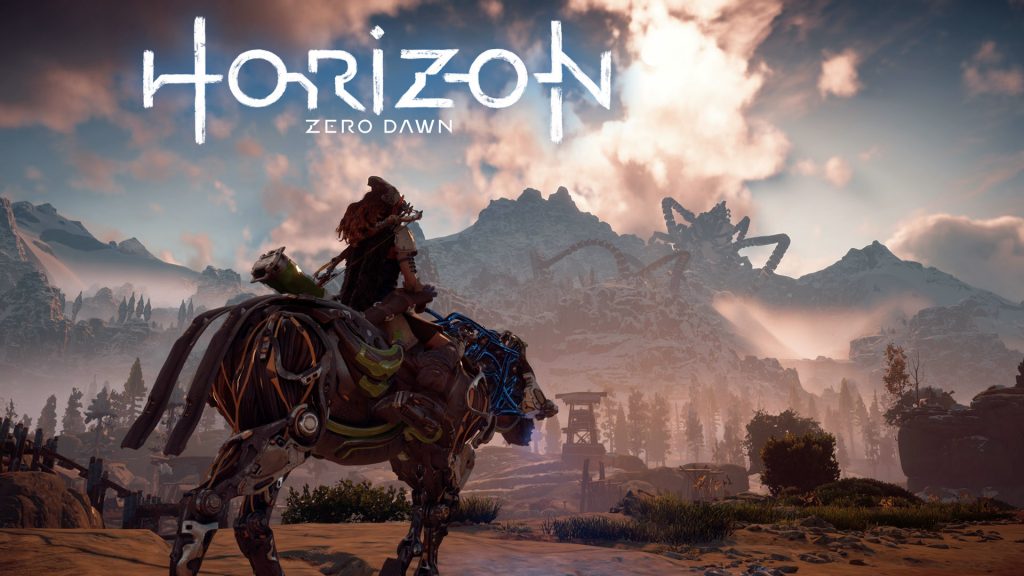Guerilla Games’ Horizon Zero Dawn released on PC last year to mostly positive reviews (especially over time), although the technical side of the game came under scrutiny by many critics and players. Since the game’s release, numerous updates have done wonders to optimize performance and iron out other inconsistencies with the experience.
The game’s latest update, patch 1.11, now also adds support for both AMD’s FSR and Nvidia’s DLSS technologies. Both use machine learning algorithms to upscale visuals to a higher resolution with minimal loss in quality, also allowing for improved frame rates. Horizon Zero Dawn on PC previously supported AMD’s FidelityFX CAS, which this update replaces with FSR. In addition to this, there’s also no pre-compilation of shaders on startup- which was a major point of criticism of this PC port.
The follow-up to Horizon Zero Dawn, Horizon Forbidden West is currently in the works at Guerilla Games and will be releasing on February 18th, 2022 for both PS4 and PS5.
Patch Notes:
GRAPHICAL IMPROVEMENTS
- Added Nvidia’s DLSS upscaling technology.
- Added AMD’s FidelityFX Super Resolution, replacing FidelityFX CAS.
UI CHANGES
- Adjusted settings screen to facilitate the addition of DLSS and FSR.
- Render Scale option has been removed but same result can now be accomplished by adjusting setting Upscale Method to Simple and adjusting Upscale Quality.
PERFORMANCE IMPROVEMENTS
- Improvement to the shader management system. This will result in a few noticeable differences:
- There is no longer a shader pre-compilation step on startup. The game will always compile shaders during loading and in the background.
- Stutters during gameplay that used to occur due to background shader compilation have now been significantly reduced.
- Because shader compilation is still happening in the background you may notice the game having a higher CPU utilization while that is happening.
- Loading screens will wait for the required shaders to be fully compiled. This may cause loading screens to take somewhat longer on certain systems.
- On higher spec machines with faster CPUs the loading screens will typically be shorter, due to more efficient shader compilation that better leverages high-end CPUs.















